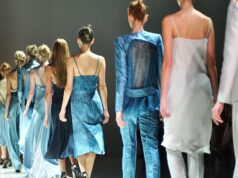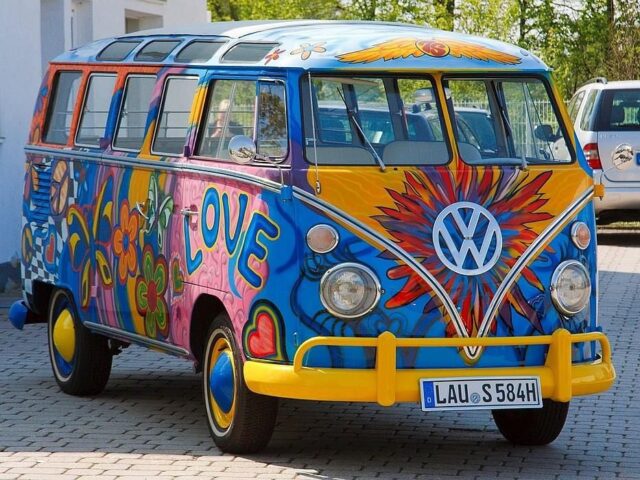
Long before fashion became a thriving global industry, humans used clothing as a form of self-expression, a sign of social status, and, most importantly, a vehicle for personal freedom.
No other style personifies this pursuit of freedom better than Hippie clothing. With its vibrant colors, intricate patterns, and relaxed fit, Hippie fashion remains one of the most distinctive and symbolic forms of dress ever to grace human history.
This free-spirited fashion movement went beyond the fabric, symbolizing a cultural shift that sought to challenge and break free from the norms of society.
The Origins of Hippie Fashion: A Counter-Cultural Revolution
The Hippie fashion movement blossomed in the 1960s and 1970s, primarily in the United States, amidst a tumultuous backdrop of political unrest, social change, and civil rights struggles.
It emerged as an organic expression of the countercultural ideals of the time – an amalgamation of bohemian, ethnic, and vintage styles, inspired by different cultures and historical periods.
Hippie fashion was a rejection of the status quo, a symbolic repudiation of the conformist and materialistic values of mainstream society.
It was a fashion revolution that refused to abide by the prevalent norms of how people should dress or look.
The movement aimed to foster a sense of unity and camaraderie, shunning discrimination and stereotypes. It sought to embrace diversity, championing a universal love for all humanity.
Color, Patterns, and Fabrics
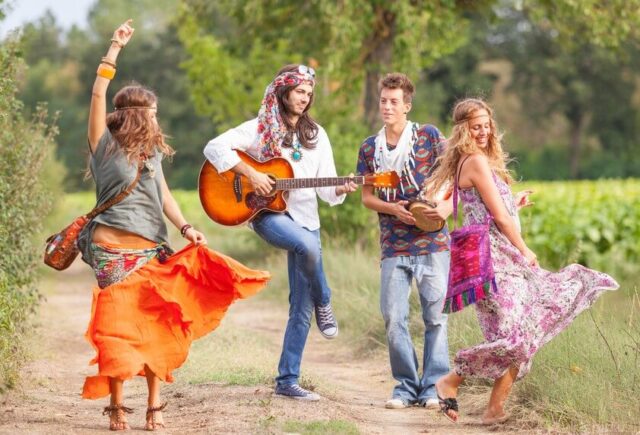
When envisioning Hippie clothing, one often pictures a riot of colors, complex patterns, and diversity of fabrics. Indeed, these are some of the most prominent characteristics of this fashion genre.
The color was, and continues to be, a crucial element in Hippie clothing. It was utilized to symbolize a spirit of positivity, optimism, and love.
From psychedelic hues of pink and orange to serene blues and greens, every color had a place in the Hippie wardrobe.
Patterns too, were an essential part of this aesthetic. These often took inspiration from different cultures around the world.
Indian paisleys, Native American motifs, African geometrics, and Oriental florals were widely incorporated into their clothing, symbolizing a celebration of global diversity and unity.
The prints were captivating and playful, often featuring suns, moons, stars, and peace symbols, further highlighting the movement’s ideals.
The fabrics used in Hippie clothing were a stark contrast to the synthetic materials prevalent in mainstream fashion.
They favored natural materials like cotton, hemp, and linen. The use of these fabrics was not only about comfort and practicality but also a nod to their reverence for nature and sustainable living.
The Iconic Wardrobe: Bell Bottoms, Tie-Dye, and Fringe
The Hippie wardrobe, defined by its nonchalant freedom, is home to some of the most iconic clothing pieces.
Bell bottoms, one of the most memorable elements of free fashion, were a symbol of rebellion against the straight and narrow silhouettes of the time.
These trousers, wide at the bottom and tight at the top, were often adorned with patches, embroidery, or vibrant prints.
Tie-dye shirts, another staple of this wardrobe, are synonymous with the countercultural movement.
The process of tie-dyeing, which involves twisting and tying sections of fabric before applying different colors, resulted in unique, psychedelic designs that embodied the Hippie aesthetic.
Each shirt was a unique creation, symbolizing the movement’s emphasis on individualism and creativity.
Fringes, too, were a significant element. Frequently adorning jackets, vests, and boots, fringes added a sense of movement and fluidity to the garments.
Derived from Native American clothing, fringes highlighted the Hippies’ appreciation for different cultures and their values.
Accessorizing: Peace Signs, Headbands, and Beads
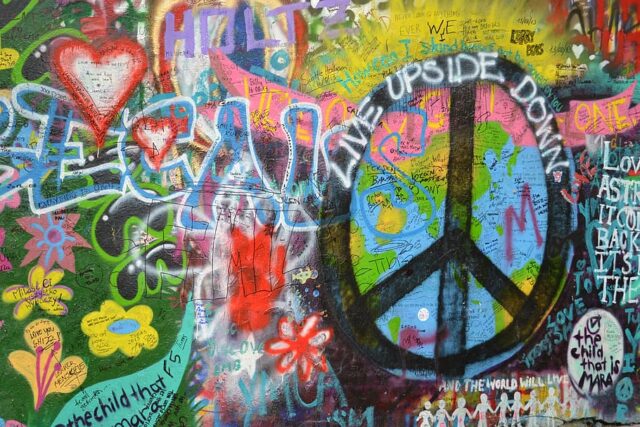
Beyond clothing, accessories played a pivotal role in the Hippie aesthetic, acting as critical symbols of the movement’s ideals.
Peace signs were one of the most popular motifs found in accessories. Worn as necklaces, earrings, or badges, these symbols served as constant reminders of the Hippies’ pursuit of peace and their opposition to the war.
Headbands were typically made from colorful fabrics or flowers and worn across the forehead.
They not only added a bohemian flair to the outfit but also signified a sense of unity and camaraderie among the community. The headband was more than an accessory—it was a symbol of collective identity.
Beaded jewelry, especially love beads, was another accessory closely associated with Hippie fashion.
These beads, often handmade and shared among friends, symbolized love and friendship. Worn as necklaces or bracelets, they added an extra layer of personality and color to their ensemble.
Influential Figures and Their Style
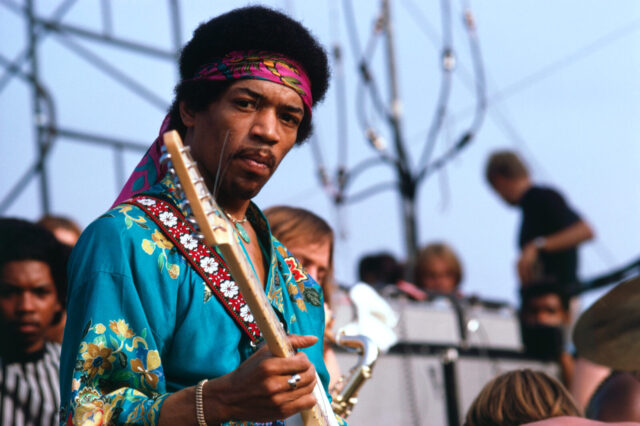
This movement had its fair share of style icons who embraced and popularized fashion. Artists and musicians like Janis Joplin, Jimi Hendrix, and The Grateful Dead not only left their mark on the music industry but also made significant contributions to the Hippie aesthetic.
Janis Joplin, with her feather boas, round sunglasses, and layers of vibrant, patterned clothing, epitomized the freedom and spirit of the movement.
Jimi Hendrix, another iconic figure, was known for his flamboyant style that included colorful, embroidered jackets, wide-brimmed hats, and flared trousers. His unique style, just like his music, continues to inspire many.
In the world of fashion, designers like Yves Saint Laurent and Emilio Pucci also embraced the Hippie aesthetic, infusing their collections with bold colors, intricate patterns, and relaxed silhouettes, thus bringing this style to the global stage.
Embracing Hippie Fashion Today: Tips and Inspiration
In terms of clothing, consider introducing garments with bright colors or bold patterns into your wardrobe.
A tie-dye t-shirt, for example, can be a fun and easy way to add a Hippie vibe to a casual outfit. For a more subtle approach, you could try incorporating natural fabrics and relaxed silhouettes into your wardrobe.
Embracing Hippie fashion is not just about updating your style—it’s about embodying the movement’s ethos of love, peace, and unity.
It’s about embracing diversity, championing creativity, and daring to be different. So, whether you’re a seasoned fashionista or a style novice, there’s always room for a little Hippie inspiration in your wardrobe.
Conclusion
In conclusion, Hippie fashion is more than just a style; it’s a story of freedom, unity, and love, woven together through colors, patterns, and fabrics.
It’s a celebration of diversity and individualism, and its influence continues to resonate in the fashion world even today.
Whether you embrace it wholeheartedly or simply incorporate a few elements into your style, Hippie fashion promises a journey into a world of unbounded creativity and freedom.





